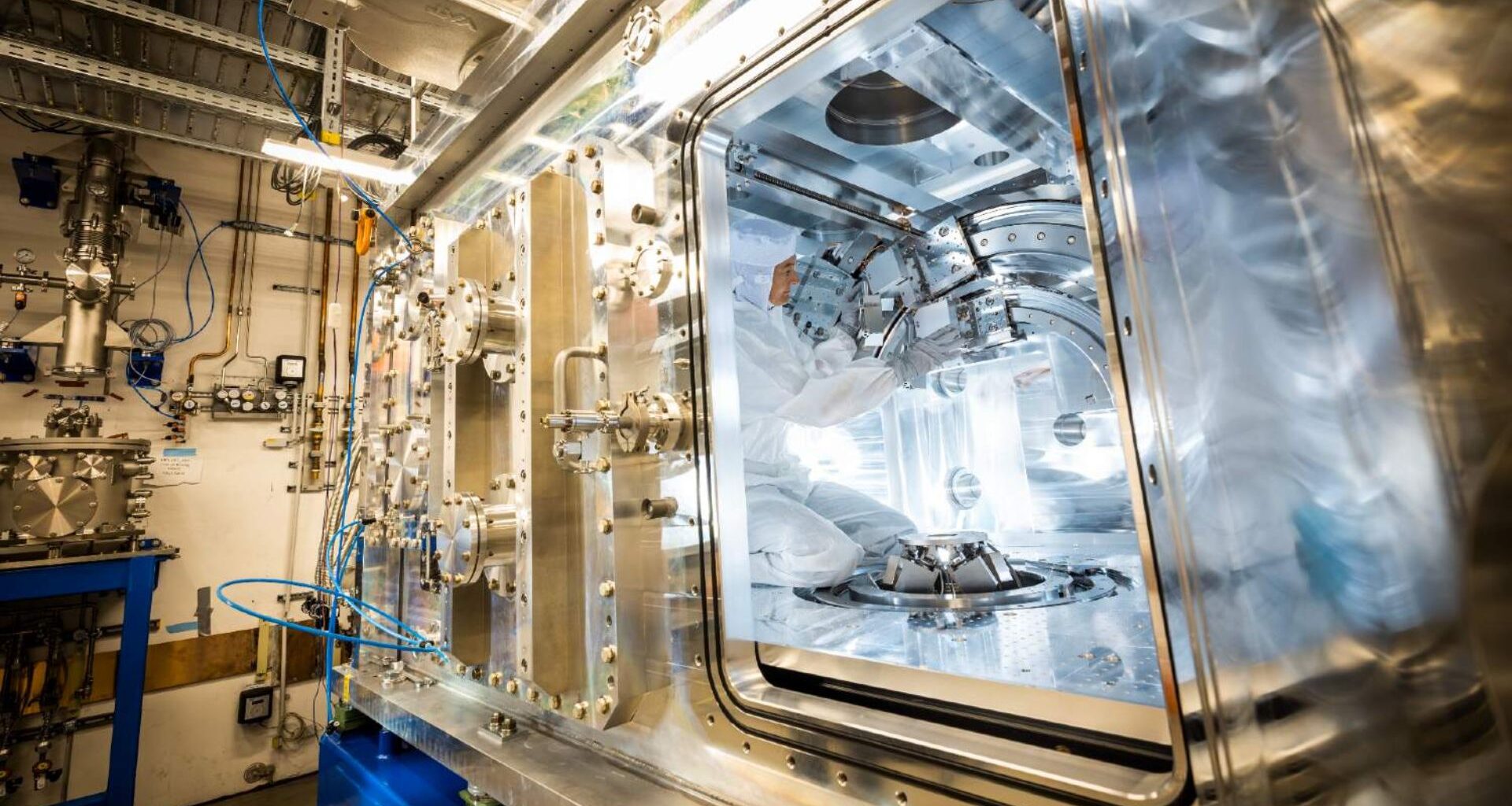A team of scientists, led by the University of Rostock and the Helmholtz-Zentrum Dresden-Rossendorf (HZDR), has successfully created liquid carbon for the first time. This material was previously thought impossible to study in a laboratory setting.
“This is the first time we have ever been able to observe the structure of liquid carbon experimentally,” said Professor Dominik Kraus, Head of Carbon Working Group from the University of Rostock and HZDR.
“Our experiment confirms the predictions made by sophisticated simulations of liquid carbon. We are looking at a complex form of liquid, comparable to water, that has very special structural properties.”
Big implications for nuclear fusion
This breakthrough, utilizing the UK’ DiPOLE 100-X laser developed by STFC’s Central Laser Facility (CLF), holds significant implications for the future of nuclear fusion reactors.
Liquid carbon, with its exceptionally high melting point of approximately 4,500°C and unique structural properties, is considered a crucial component in future nuclear fusion plants.
It could serve both as a cooling agent for the reactors and as a moderator to slow down neutrons, which is a vital function for sustaining the chain reactions necessary for fusion.
“The STFC’s laser system has opened new research possibilities that were previously unimaginable,” remarked the researchers.
High-performance laser creates extreme conditions
The creation of liquid carbon involved an intricate process. The high-performance DiPOLE 100-X laser was used to create extreme conditions, liquifying solid carbon samples for billionths of a second.
Simultaneously, an X-ray beam captured diffraction patterns and revealed the atomic arrangement within the fleeting liquid carbon.
Each experiment, lasting only fractions of a second, was repeated numerous times with slight variations in parameters. These “snapshots” of diffraction patterns were then combined to construct a comprehensive picture of carbon’s transition from its solid to liquid phase.
“Impossible to study in the lab, little was known about carbon in its liquid form because it doesn’t melt under normal pressure. Instead, it immediately changes into a gaseous state,” said the press release.
It only becomes liquid under extreme pressure and at temperatures of approximately 4,500°C, which is the highest melting point of any material.
While laser compression offered a way to achieve this fleeting liquid state, the primary challenge was taking precise measurements within these brief moments.
Overcoming challenges for future breakthroughs
This challenge has now been overcome at the European XFEL with the D100-X system, which was specifically designed for studying extreme states of matter like liquid carbon.
“The measurements revealed that with four nearest neighbours each, the systemics of liquid carbon are like solid diamond,” added the scientists.
Additionally, the research team precisely determined carbon’s melting point, resolving long-standing disagreements among previous theoretical predictions.
This breakthrough could advance certain concepts of nuclear fusion.
“In the future, results that currently require several hours of experiment time could be available in just seconds, once the complex automatic control and data processing systems are optimised.” concluded the press release.
The research team has published their findings in the journal Nature.
